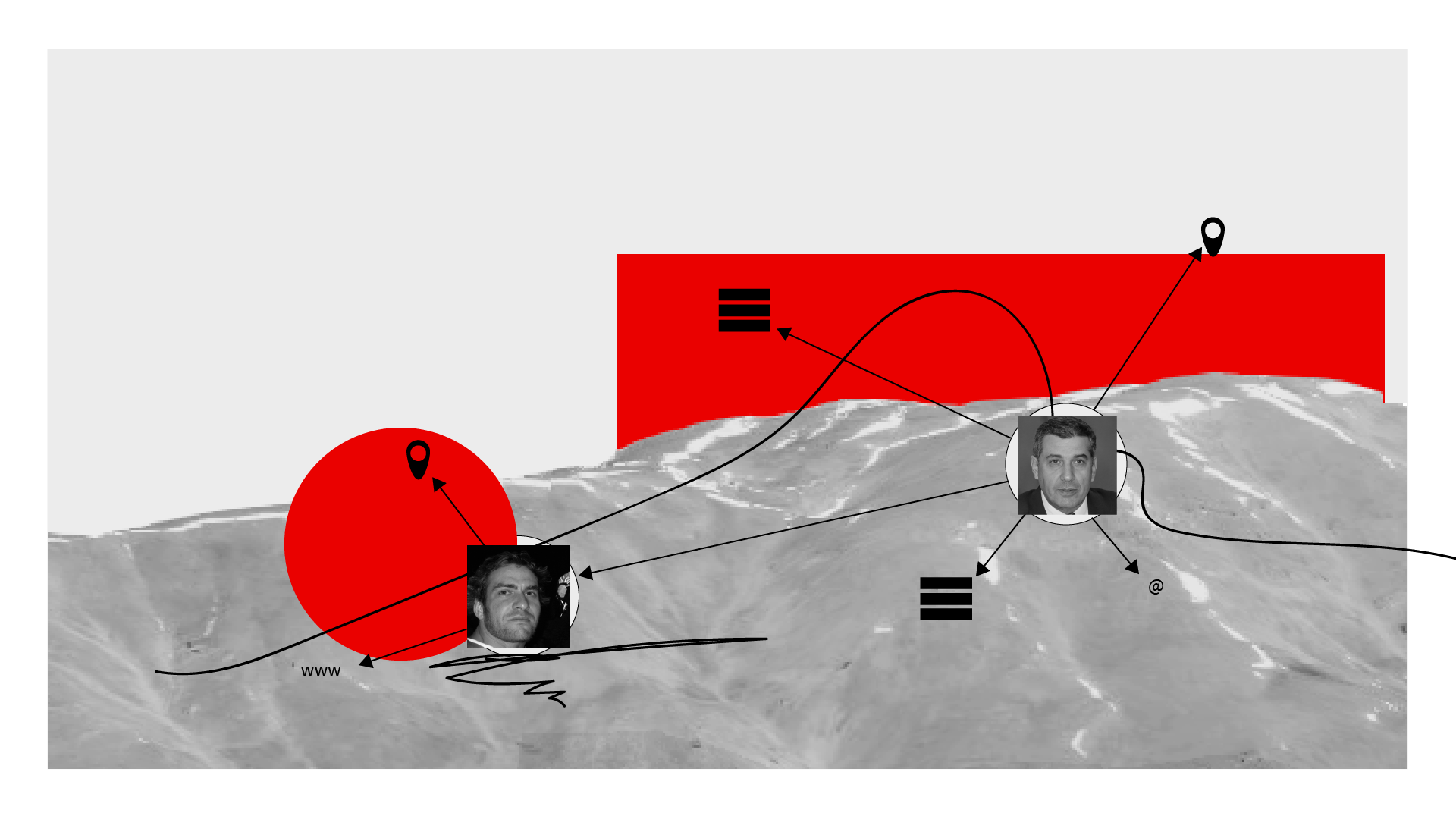
Open-source intelligence (OSINT) is intelligence that is gained from publicly available sources. OSINT is not new; intelligence services have long relied on information gathered from public sources such as newspapers, photographs, and radio broadcasts.
What is new is the amount of information available and the ability of tools to process it. Photographs can be geolocated using natural and man-made features; they can be dated using the position of the sun; people can be unmasked via facial recognition search; and satellite imagery can be used to understand changes to the landscape over time.
These techniques and many others mean that a small number of individuals can gain power over other individuals, businesses or nation states. A recent example is the exposure of the Russian agents responsible for poisoning politician Alexei Navalny by open-source investigations group Bellingcat.
The ability to gain power over others with limited resources is a force equalizer and has repercussions for individuals and businesses.
💥 Causes
- Availability of data – the volume of video, images and text make OSINT more viable as an intelligence-gathering method that ever before but also increases the skill required to sift out useful information.
- Low risk, inexpensive but with a potentially high ROI – most OSINT work only requires a computer and an internet connection. For journalists, criminals, states and businesses these characteristics make OSINT a natural first choice for intelligence gathering.
- Timeliness – compared to intelligence gathered from human sources (known as HUMINT), intelligence gathered from public sources can reveal significant findings very quickly. In 2014, when flight MH17 was shot down over Ukraine, Bellingcat geolocated a missile launcher linked to the incident within the same day.
🎯 Impact
- Individuals as weak points in organisations – an individual’s digital footprint can have security repercussions such as when public data from fitness app Strava was shown to reveal the location of military bases in 2018 (NYT). Information on individuals is getting easier to find due to facial recognition search.
- Information security (infosec) is becoming more important – even small seemly unimportant pieces of information can become significant in the right hands. The US Air Force has disclosed that images posted on social media by ISIL have provided enough information to launch airstrikes.
- Mainstreaming of OSINT techniques – the depth of publicly available data presents a commercial opportunity that more will look to exploit. Eg: UK firm Neotas performs deep due diligence on individuals by using publicly available sources, including those not indexed by search engines i.e the deep web (it raised £1m in 2018).
💪 Actions
- Individuals: share info sparingly – people should be mindful of what information they are sharing online and what it reveals.
- Businesses: protect need-to-know information – check for the unnecessary release of information into the public domain such as via annual accounts, job postings or social media.
- Use public information to better understand your competitive landscape – use the full breadth of publicly available information to guide strategic decision-making. Understand what web technologies rivals are using via BuiltWith, identify growth areas via job postings and check for acquisition activity in company accounts.
⚔ Counterpoints
- Publicly available information is not new – most people lack the skill or desire to utilise it effectively, despite the rewards.
📚 Resources
- Bellingcat – website of the investigative group that has had success with many complex events using open source methods
- Bellingcat: Truth in a Post-Truth World – a documentary about the success of Bellingcat
- NHK: Digital Detectives – 50-minute documentary on the use of OSINT in journalism
- Coda: The dark side of open source intelligence – what happens when crowdsourced investigations and open-source techniques go wrong